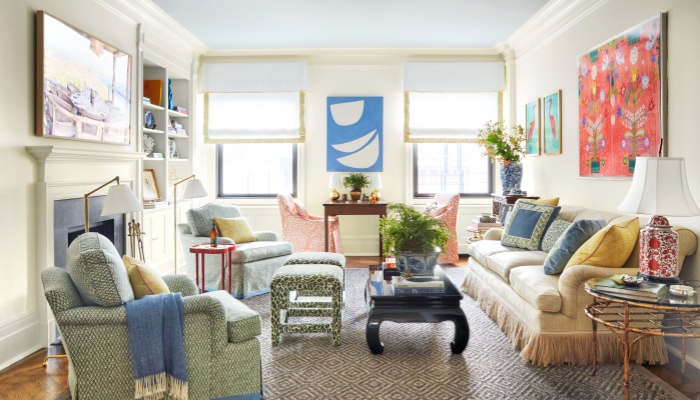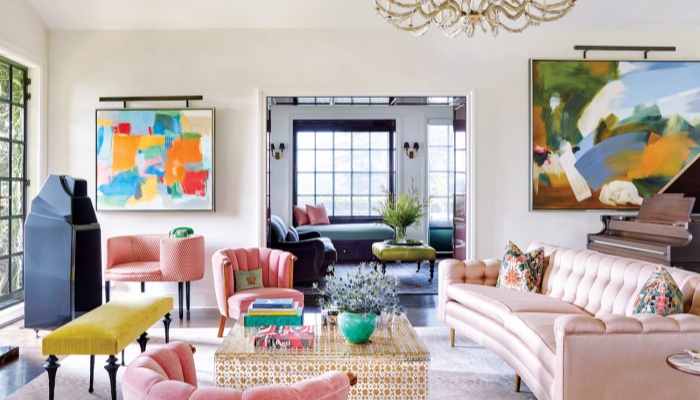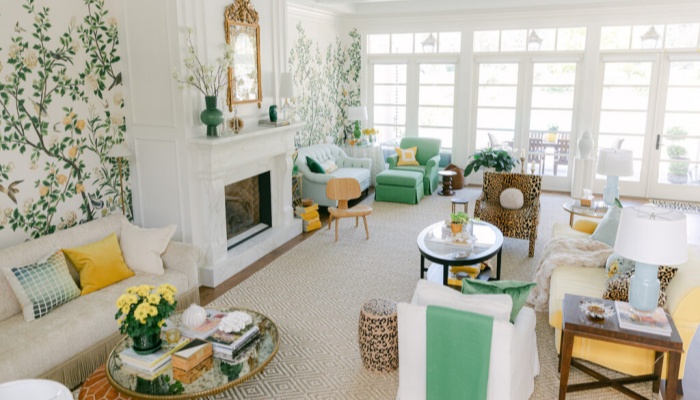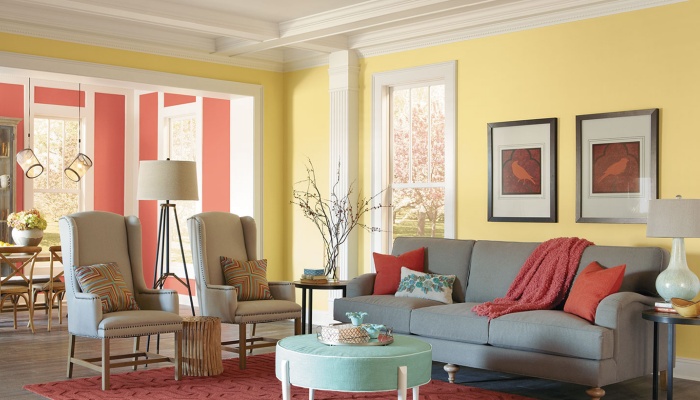One of the first considerations should be the overall theme or style of your home. Whether your style is modern, traditional, eclectic, or minimalist, the colors you choose should complement this theme. For instance, a modern home often benefits from a neutral palette with bold accents, while a traditional home might incorporate rich, warm colors that evoke a sense of history and comfort. By aligning your color choices with your overall decor style, you can create a cohesive look that feels intentional and well-designed.
Another important factor is the size of the rooms you are decorating. In smaller spaces, lighter colors can create an illusion of openness and airiness, making the room feel larger than it is. Conversely, darker colors can make a large room feel cozier and more intimate. If you’re working with a particularly small area, consider using a monochromatic color scheme, which involves different shades of the same color. This technique can create a seamless flow that visually expands the space.
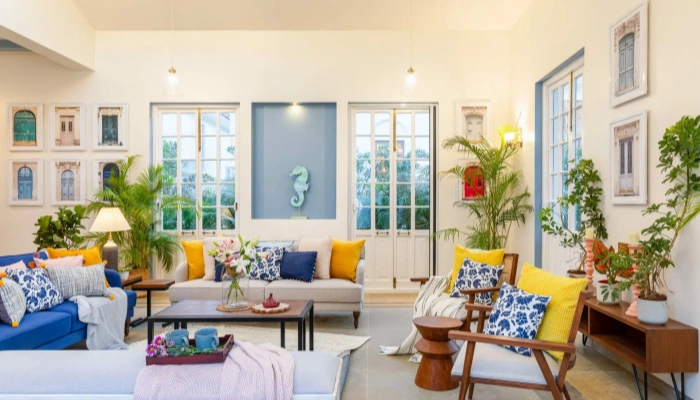
The natural light available in each room is also crucial when choosing colors. Rooms with ample natural light can handle bolder colors, as the light will soften their intensity. In contrast, darker rooms may benefit from lighter colors that reflect light and brighten the space. It’s wise to test paint samples in various lighting conditions throughout the day to see how they change. This will help you make informed decisions that ensure your colors look their best at all times.
Additionally, consider the mood you want to create in each room. Colors can evoke different emotions and feelings. For example, soft blues and greens are often associated with tranquility and relaxation, making them ideal for bedrooms or bathrooms. On the other hand, vibrant yellows and oranges can stimulate energy and creativity, making them suitable for kitchens or playrooms. Think about how you want to feel in each space and choose colors that align with those emotions.
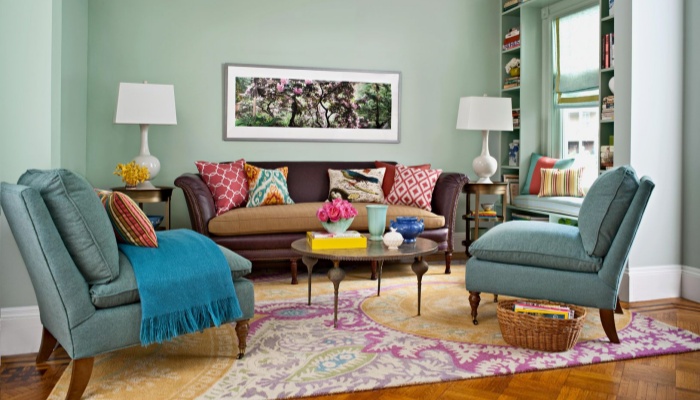
Another factor to take into account is the existing furnishings and decor in your home. Your color choices should harmonize with the colors of your furniture, flooring, and other decorative elements. If you have a statement piece, such as a colorful sofa or artwork, consider using complementary colors in the surrounding walls and decor to enhance its impact. This will create a balanced and visually appealing environment.
Texture is another important consideration in color selection. The materials and finishes in your space can influence how colors are perceived. For instance, a glossy finish can reflect light and make colors appear brighter, while matte finishes can absorb light and create a more subdued look. Mixing different textures, such as soft fabrics with sleek surfaces, can add depth and interest to your color scheme.
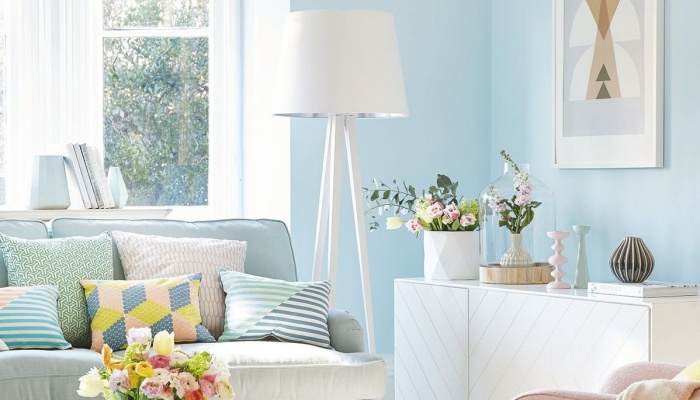
Lastly, don’t forget about personal preferences and trends. While it’s essential to consider practical factors, your home should ultimately reflect your personality and style. If you love a particular color, find ways to incorporate it into your decor, even if it’s not a current trend. Your home should be a space where you feel comfortable and happy, so let your preferences guide your choices.
Choosing colors for your home decor involves considering your overall theme, the size of your rooms, the impact of natural light, the mood you want to create, existing furnishings, texture, and personal preferences. By thoughtfully evaluating these factors, you can create a beautiful and harmonious space that truly feels like home.


